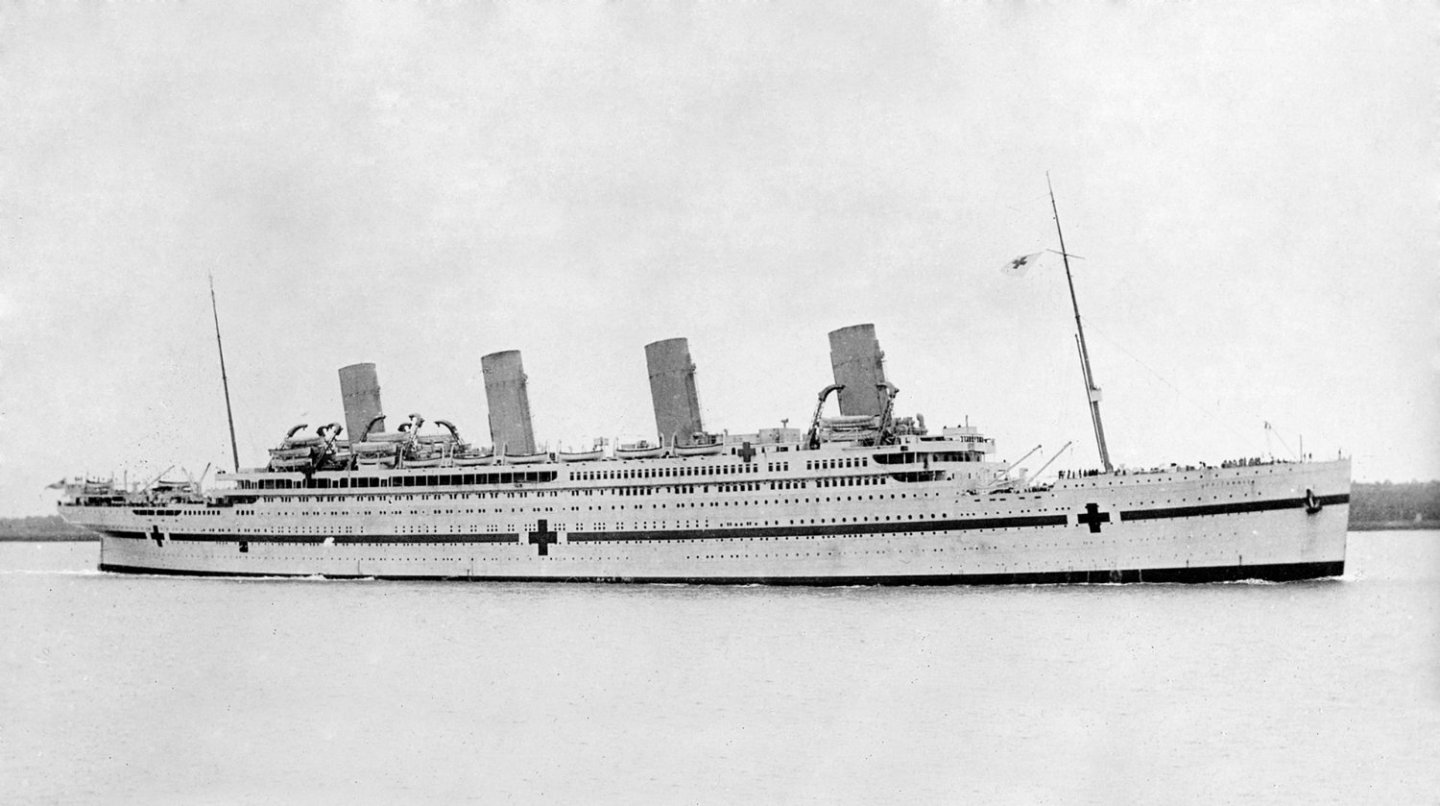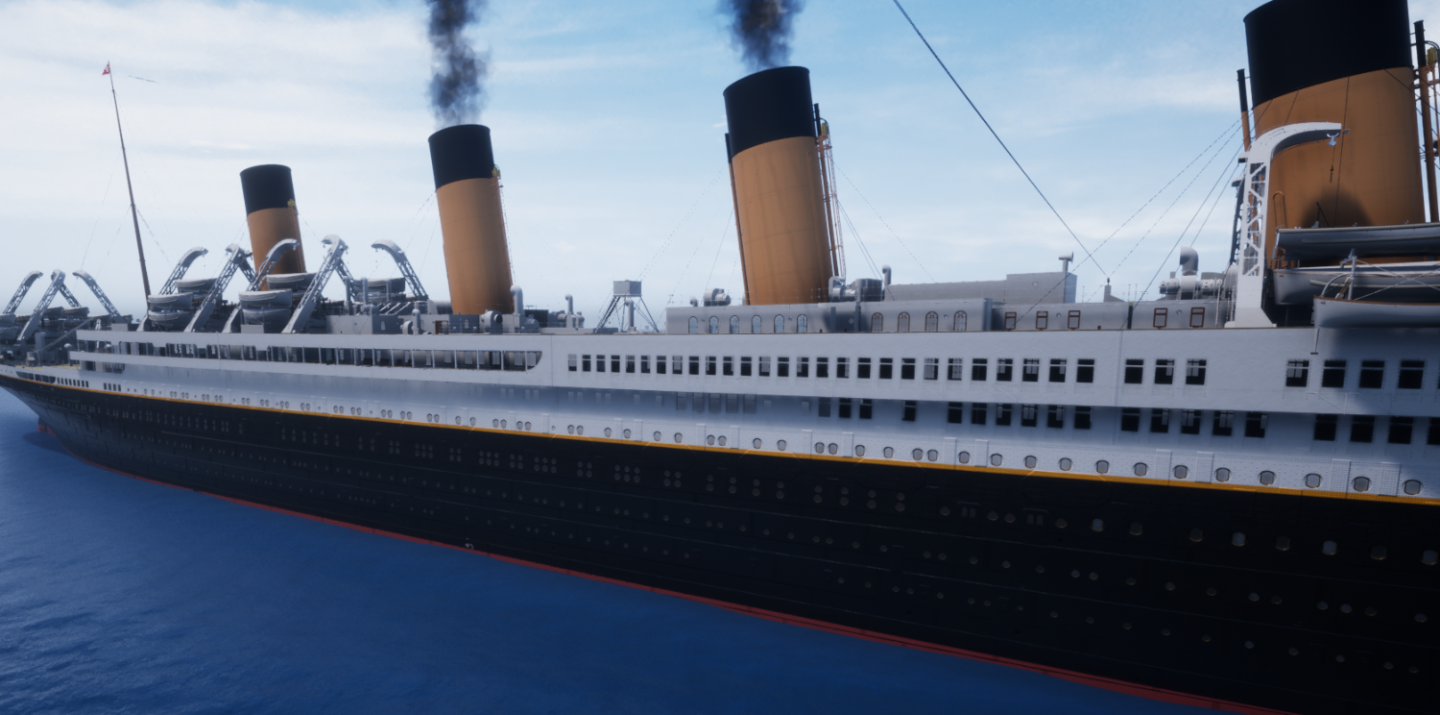-
Posts
7,006 -
Joined
-
Last visited
Content Type
Profiles
Forums
Gallery
Events
Everything posted by Kevin
-
good evening, everyone thank you for comments and likes after cranes complete, used EZ line on them rather than PE moving fwd and up another difference in the layout to Titanic (yep another) the beams running fwd to aft, support the awnings i finished this rail last night, and this afternoon it was another, "not Britannic" this why the deck is squared off slightly lighter, but i now have room for another two gantry power houses The gantries are due to arrive this week, i can then tell if the boat racks work or not, knowing me they wont
-
good evening every one thank you for comments and likes been deck grafting, and removing some of the unwanted markings next on the lest to paint and fit sorry the boi wanted to be in the photo after davits in the Britannic position EZ lines on the cranes rather than PE
-
good morning everyone thank you for comments and likes im still hoping to finish this build before the end of the year, im busy saving me pennies for the next project, my delay if any will be the boat gantries, i dont evem know if they will fit, all the upper superstructure has now been added, with access to power for any other lighting points that may be required. This morning the after raised deck was permanently fitted, and seams to have gone on ok, all this scratch work seams quite messy to me, working without plans, im finding quite tricky intentions are now to slowly work forward and get her complete
-
thank you @Roger Pellett i am still looking how the boats stacked below those on top were removed, as the racking does not appear hinged or slatted,
-
before long you will be able to proudly say "I built that"
- 179 replies
-
- Second Build
- Pinta
-
(and 2 more)
Tagged with:
-
good evening everyone thank you for comments and like, and the ongoing conversation about loss of life and survivors having built up the 2nd set of racks i then had to work out how they are fitted, they appear to sit on top of two small cabins, of which i presently dont know their purpose, but they have doors, so yet again when i find out, i will let you know
-
it appears that all four stacks are fairly identical with the exception of number 3 which has a lot extra pipework
-
this is how she would have looked as RMS Britannic with 4 sets of the double gantrys and no boats on the upper decks this is a screenshot from the Britannic Patroness of the Mediterranean programme
-
good evening, everyone Thank you for comments and likes been a busy couple of weeks, and i have not been doing as much on the forums as normal, like many others, we have been making life easier for ourselves and finding ways to keep ourselves warm but at the same time not restrict what we do we made the decision that during the day if possible, we would both work from my mancave, keeping that warm and comfortable would mean not having to keep the temperature up in other rooms, that has worked very well so far, however the mild weather here in the SW has helped a lot 2nd set of boat racks has been made up today, i ran out of 1mm straight brass rod and substituted it for .8 wire, which is ok but seams a lot flimsier, getting it straight was harder than thought, but once painted and in its place, it should be ok
-
On my tablet at present, britannic was a much modded Titanic and to allow for the right amount of lifeboats 8 sets of massive davits were to be fitted, the war got in the way, and she became a hospital ship, 5 sets were still only fitted at the time she was sunk by a mine, will post a photo later As a post war liner it was intended for more of the racks to be fitted, and none down the sides
-
Good evening everyone thank you so much for comments and likes as @realworkingsailor suggested i went and ordered some more suitable I frame (3 different sizes) and today made another attempt at the after Boat rack (Evergreen 272 and 1mm brass wire, i am real pleasd with the result whilst waiting for the strips i also did other bits like detailing the after stack
-
good evening, everyone thank you for comments and likes After lifeboat rack well i am having to use the grey matter now, and possibly failing miserably without any plans, only a walkthrough i am having to interpret what i see, (not necessarily what there is to see, i have taken as few shots of the programme, and the 7 boats on each rack seem to be on at least 4 levels, mine are on three (please dont tell anyone) the racks are still slightly oversized, but too fragile to make them in scale, this has taken me two days and about 7 different versions, but for now they will do, if however the next set is better then i will come back to this for the redo shots from the walkthrough first failed version version 8 i think
-
if i listened to the Admiral, i would have by now far more finished, and less uncompleted kits
- 179 replies
-
- Second Build
- Pinta
-
(and 2 more)
Tagged with:
-
coming on very nicely, what wood glue are you using, as it could be wiped away before it dries
- 179 replies
-
- Second Build
- Pinta
-
(and 2 more)
Tagged with:
About us
Modelshipworld - Advancing Ship Modeling through Research
SSL Secured
Your security is important for us so this Website is SSL-Secured
NRG Mailing Address
Nautical Research Guild
237 South Lincoln Street
Westmont IL, 60559-1917
Model Ship World ® and the MSW logo are Registered Trademarks, and belong to the Nautical Research Guild (United States Patent and Trademark Office: No. 6,929,264 & No. 6,929,274, registered Dec. 20, 2022)
Helpful Links
About the NRG
If you enjoy building ship models that are historically accurate as well as beautiful, then The Nautical Research Guild (NRG) is just right for you.
The Guild is a non-profit educational organization whose mission is to “Advance Ship Modeling Through Research”. We provide support to our members in their efforts to raise the quality of their model ships.
The Nautical Research Guild has published our world-renowned quarterly magazine, The Nautical Research Journal, since 1955. The pages of the Journal are full of articles by accomplished ship modelers who show you how they create those exquisite details on their models, and by maritime historians who show you the correct details to build. The Journal is available in both print and digital editions. Go to the NRG web site (www.thenrg.org) to download a complimentary digital copy of the Journal. The NRG also publishes plan sets, books and compilations of back issues of the Journal and the former Ships in Scale and Model Ship Builder magazines.






